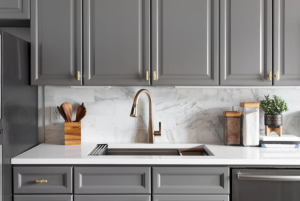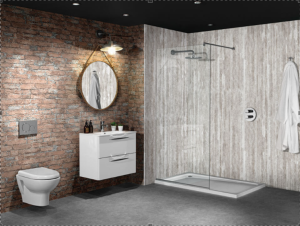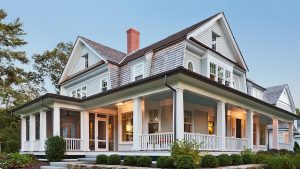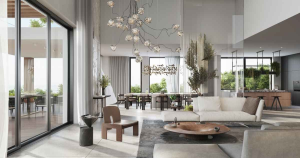
Happy couple carrying boxes moving into new home apartment house
1. Mid-century modern: This style emphasizes open floor plans, large windows, and integration with nature. It is characterized by clean lines, organic materials, and minimalist aesthetics.
2. Contemporary: This style focuses on sleek and simple design with emphasis on clean lines, neutral color palettes, and the use of glass and natural materials. It often incorporates technological advancements and sustainable features.
3. Scandinavian: Known for its functional and minimalist approach, Scandinavian design emphasizes simplicity, natural light, and the use of light-colored wood. It emphasizes clean lines, functionality, and a cozy aesthetic.
4. Industrial: Inspired by converted lofts and warehouses, industrial design features raw and unfinished materials such as exposed brick, concrete, and metal. It embraces an open concept layout and often showcases exposed mechanical elements and high ceilings.
5. Modern farmhouse: A fusion of modern and rustic elements, modern farmhouse design combines the simplicity of farmhouse style with contemporary aesthetics. It features clean lines, neutral color palettes, reclaimed wood, and cozy textures.
6. Minimalist: This design movement strives for simplicity, functionality, and clean lines. It focuses on removing unnecessary elements and clutter to create spaces that are calming and devoid of excessive decoration.
7. Eco-friendly/Sustainable: With a rising focus on environmental consciousness, sustainable design incorporates energy-efficient features, recycled materials, and renewable resources. It prioritizes passive solar design, efficient insulation, and the use of eco-friendly building materials.
8. Art Deco: Influenced by the 1920s and 1930s, Art Deco design features geometric shapes, bold colors, and intricate detailing. It often includes luxurious materials such as marble, brass, and glass, and is known for its opulent and glamorous aesthetic.
9. Brutalism: Typically characterized by large block-like forms, exposed concrete, and minimal decoration, brutalist architecture often creates bold, monumental structures. It emphasizes functionality and the expressive use of raw materials.
10. Postmodernism: This style challenges the boundaries of traditional architectural forms and embraces a more playful and eclectic approach. It often involves mixing and juxtaposing different architectural elements, historical references, and materials, resulting in a more whimsical and unique design.







